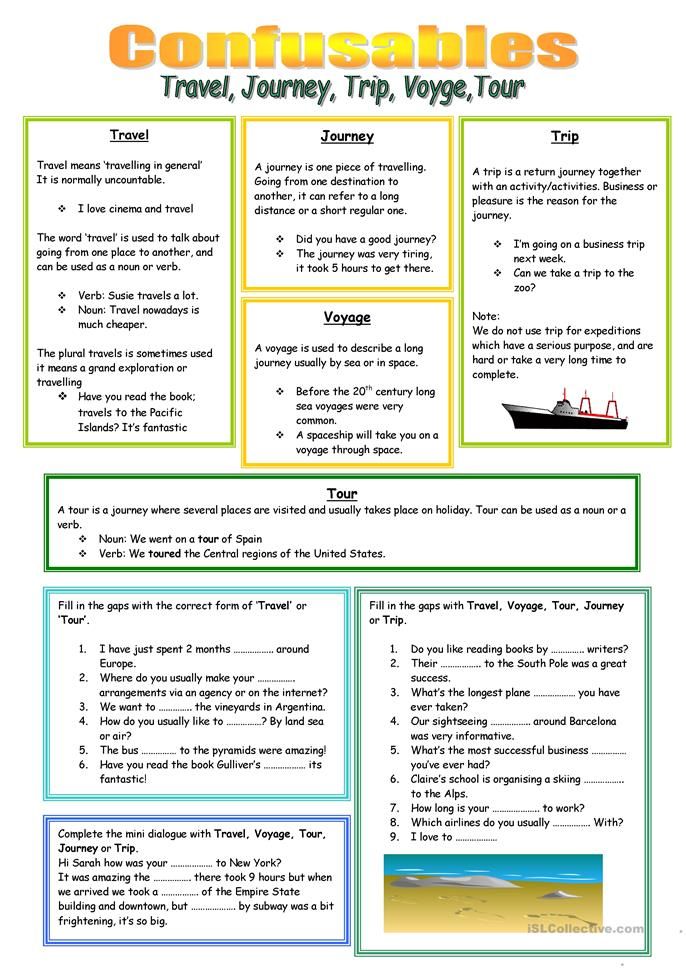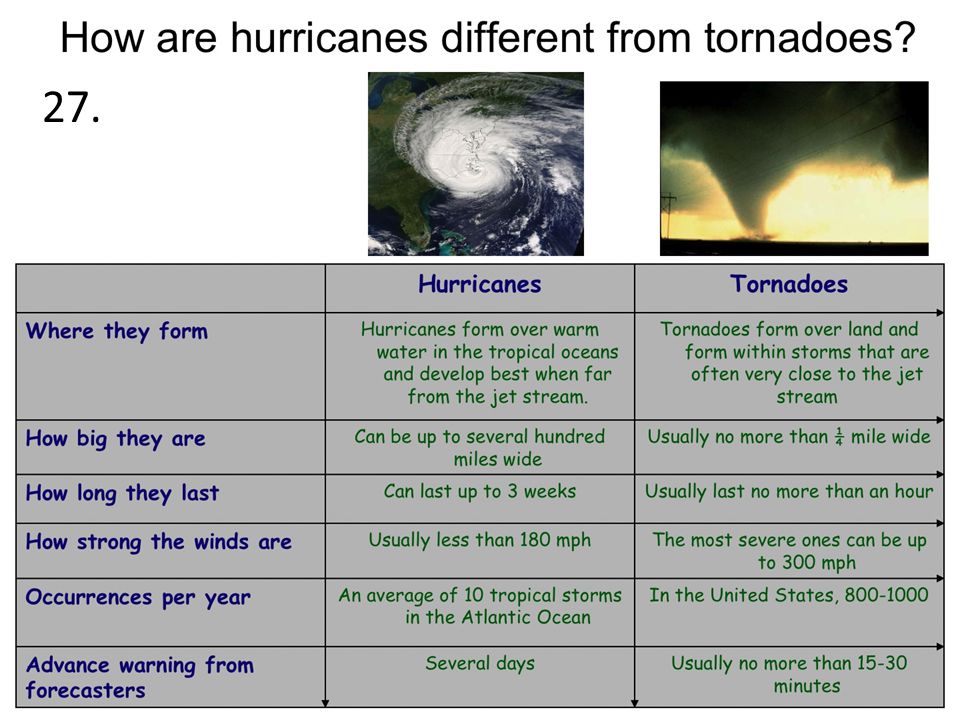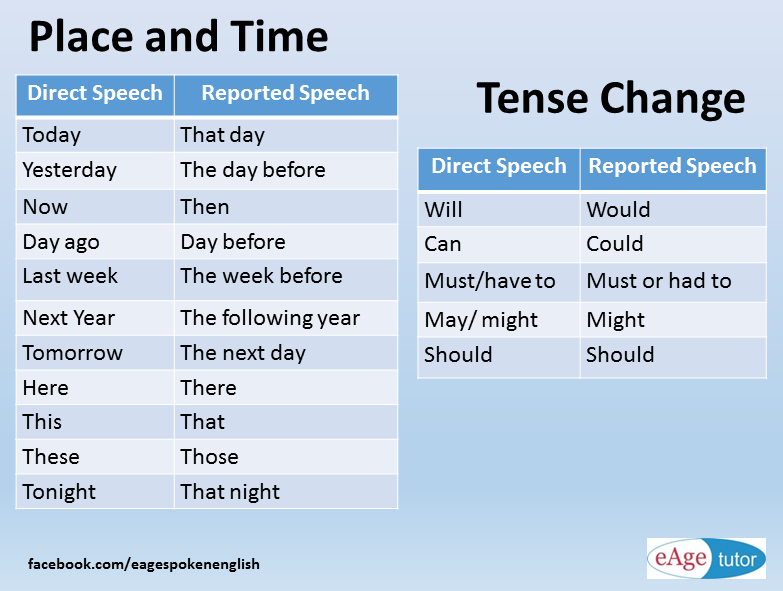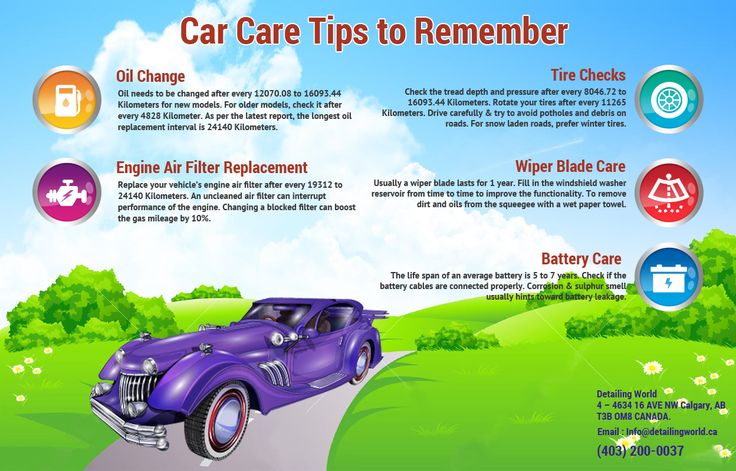by iStorage
Are you wondering “how long do snow tires last” in the midwest? You’ve come to the right place. Slick roads in the winter can be a nightmare. Unfortunately, winter drives are something most of us midwesterners know all too well. When it comes to vehicles in the snow, tires are obviously essential. So why aren’t more of us stocking up on snow tires? Unlike other countries, snow tires aren’t mandatory in the US. However, they’re proven to help drivers stay safe and save some money in the long run. So save yourself some dough, and ask the question, how long do snow tires last?
Many people are under the impression that snow tires don’t last as long as regular tires. While they require more care, you can get some life out of snow tires. Be sure to put on your snow tires as soon as the first snowfalls and take them off when spring hits. The average winter tires will last 3-4 seasons. We recommend storing your tires as the softer rubber will wear out fast during warm weather.
Michigan snows a LOT. Ann Arbor gets, on average, about 57 inches. The first snowfall in Michigan is generally in November, and the last is in April. Therefore, we recommend putting on snow tires in November and taking them off in April if you’re in Michigan.
If you’re from Minnesota, you’re well aware that it snows more than the rest of the midwestern states. Minnesota varies from 36 inches of snow in the southwest to 70 inches along Lake Superior. The first snow can happen in October, and the last snowfall is typically in April. Therefore, we recommend having your tires on October through April.
Illinois is quite a snowy place as well. The average annual snowfall exceeds 38 inches in Chicago alone. It tends to start snowing in Illinois from the end of October to mid-April. Make sure to put those bad boys on October through April.
The average annual snowfall exceeds 38 inches in Chicago alone. It tends to start snowing in Illinois from the end of October to mid-April. Make sure to put those bad boys on October through April.
Believe it or not, Kansas can be pretty rough in the winter too. The state-wide average snowfall comes out to about 19 inches per season. However, Kansas has a later winter. The first snowfall is typically in December and can last until March. We suggest that you use snow tires during these months in Kansas.
Columbus, OH, sees about 22 inches of snow a year. Its first snowfall is usually in November. October can get a light snow flurry, but that’s uncommon. The season’s last snowfall in most years happens in April. So use those tires from late October to April.
A misconception many people have is that 4-wheel drive vehicles don’t need snow tires. The truth is, 4-wheel drive helps control your tires but doesn’t help them to stop or turn in winter weather. Stopping is the most vital aspect to keep in mind. No amount of 4-wheel drive will help your vehicle stop faster on snow or ice. Regular tires don’t have the tread design to push snow or ice out of the way. They also aren’t flexible enough in low temperatures, and so don’t grip the road nearly as well.
Stopping is the most vital aspect to keep in mind. No amount of 4-wheel drive will help your vehicle stop faster on snow or ice. Regular tires don’t have the tread design to push snow or ice out of the way. They also aren’t flexible enough in low temperatures, and so don’t grip the road nearly as well.
One of the most significant stumbling blocks people have with snow tires is where to store them. The truth is, tires are rather large and take up a lot of space. When you consider that the average American home has three cars, that’s 12 extra tires to store. That’s why so many people use iStorage to store their snow tires every year.
iStorage has locations all over, including Michigan, Illinois, Minnesota, Ohio, and Kansas. Our facilities are clean and secure. Even better, we only use month-to-month leases on our storage units. That means you’ll never be in a long-term contract.
If the question is, “how long do snow tires last,” you can bet that they’ll last longer if they’re stored correctly. Of course, you can store anything you like in a storage unit from iStorage. We can even store your RV, boat, or truck. If you have any questions, you can chat with one of our friendly managers online. Until then, be safe out there on the roads this winter.
Of course, you can store anything you like in a storage unit from iStorage. We can even store your RV, boat, or truck. If you have any questions, you can chat with one of our friendly managers online. Until then, be safe out there on the roads this winter.
Search
So, how long do winter tires last? How many snowy seasons can you expect to get with winter rubber before buying a new set? We explain.
Photo: iStockIf you live in a wintry locale of America or Canada, you should sport winter tires on your vehicle to improve its on-road traction and safety credentials. While it is mandatory by law to install these tires in a majority of cold-weather countries worldwide, they are not generally mandated here in most parts of North America. Some even argue why making winter tires mandatory isn’t the best solution.
Some even argue why making winter tires mandatory isn’t the best solution.
It is why most people do not equip their vehicles with winter/snow tires during the snowy season — despite the clear and influencing science of their safety benefits; and which are now more affordable, convenient, and practical than before.
According to a 2018 study by the United States Department of Transportation Federal Highway Administration, Americans cover around 13,476 miles per year. On the other hand, Canadians travel an average of 20,000 to 25,000 kilometers per year, which is almost the same as Americans.
While it relies heavily on the harshness of particular winter weather and region, most car owners install winter tires in mid-November and change them with summer or all-season tires around mid-March when many take their ride out of winter storage.
We can safely say drivers use these tires for four to five months every year. If we consider the average mileage of motorists in the U.S., they will travel around 4,500 miles in four months.
If we consider the average mileage of motorists in the U.S., they will travel around 4,500 miles in four months.
We spoke with Sailun Tire — a tire brand quickly gaining recognition as a high-quality, budget-friendly option for tire shoppers — who tell us winter tire longevity/mileage ratings are normally measured by how many seasons they last; that this isn’t an exact number but, generally speaking, also agree the answer at 4-5 seasons, including their Ice Blazer WST1 product — a studdable winter tire designed for maximum traction in severe weather conditions.
Sailun IceBlazer WST1 winter tireBut Sailun adds, “However, that depends on each driver, driving habits, and whether they are diligent with 7 degrees Celsius on/off. It is also fair to mention a winter tire replacement is when a the tire reaches 4/32 remaining tread.”
Therefore, a winter tire with a warranty of up to 6 years and 40,000 miles tread life projection could theoretically survive for about nine winter seasons.
Naturally, some people will drive more than an average driver (or much less). Whatever is the case, you should expect a winter tire to survive for at least 4 to 6 years. If you consider the expense of buying four is around $500, it takes your total cost per season to less than $75.
If they last for good eight years, the cost would be even less, of course. We believe most owners would concede that $75 is an excellent investment for additional security while motoring in winter.
Manufacturers mostly create winter tires with a much softer rubber compound than all-seasons. Therefore, they usually have lower wear ratings than their all-season counterparts. Some tire makers mention the expected distance use to prevent consumer dispute.
The actual mileage will depend on several factors such as vehicle type and weight, driving behaviour, and road conditions. Furthermore, it will rely on your punctuality to change the winter tires in the spring and the way you store them.
Furthermore, it will rely on your punctuality to change the winter tires in the spring and the way you store them.
Ensure you do not drive with winter tires in warm/hot weather, and always replace them with summer tires before the spring starts. Keep in mind the 7 degrees Celsius rule; when the temperature rises above this, know it is time to change your winters.
Winter in some parts of Canada and America can be really tough for drivers. However, fixing winter tires is one great way to keep your commutes safe. With tire technology advancing and winter tires becoming more affordable, the reasons to swap out for snow-rated tires are more realistic.
If you’re in the market for new snow-rated tires, here are top picks for the best winter tires.
11/01/2022
A lot depends on the condition of the rubber. Just like any other automotive product, these tires also have their own lifespan. There are also a number of factors that should be taken into account operation, ranging from quite natural wear and tear, and ending with the loss of technical characteristics tires.
Just like any other automotive product, these tires also have their own lifespan. There are also a number of factors that should be taken into account operation, ranging from quite natural wear and tear, and ending with the loss of technical characteristics tires.
Studies have shown that winter studded tires have a shorter life than summer tires. And also this the indicator may differ from those products that do not have spikes. Consider how many seasons winter is designed for studded rubber.
Once again, it should be noted that the winter version is different from the summer one. Although outwardly they are very similar, but in specifications are very different. For example, the summer version is tougher, while the winter one is softer and more elastic. This means winter tires wear out faster.
How long can studded winter tires be used? It depends on many indicators. For example, if products improperly stored and operated, wear will accelerate. That's why when buying tires you should pay attention to some of their features.
That's why when buying tires you should pay attention to some of their features.
The first thing you should pay attention to is new tires or used ones. In the latter case, you need to understand who is the tire manufacturer and when they were released. This will allow you to understand how much more such tires can withstand. If we are talking about models with spikes, then this factor should be given special attention.
To determine how long studded winter tires last, all models should be divided into more expensive and more expensive. cheap analogues. For example, if we are talking about branded products, then their service life is much longer. How many Can you drive with winter tires? If the model is chosen correctly, maximally adapted to the brand of the car, is installed taking into account tires, then the service life is 5 years or more.
Another thing is cheaper analogues, which include some cheap domestic or Chinese models. They under the same conditions, they can serve only a couple of seasons. The reason is that expensive models have patented components, thanks to which the rubber does not age and feels great even after five years. And here in cheaper models, there are usually no such components, which means they crack faster and lose elasticity.
The reason is that expensive models have patented components, thanks to which the rubber does not age and feels great even after five years. And here in cheaper models, there are usually no such components, which means they crack faster and lose elasticity.
To achieve these conditions, it is necessary that the tires be stored at a temperature in the region of zero, they must be constantly maintain the desired pressure, and you need to drive at low speed on ice or snow, but not on sand, which usually sprinkle roads in winter. In other words, such conditions are necessary for which the studded winter tire is designed tire.
Another thing is if the tires were used aggressively, that is, there was active braking and abrupt starts. And the tires were used at temperatures from +8 degrees and drove on dry asphalt. In this case, the spikes quickly fly off, and tires wear out.
In this case, the spikes quickly fly off, and tires wear out.
In addition to the service life, you should also pay attention to such an indicator as the shelf life. Despite the seeming similarity these indicators are somewhat different, and they need to be separated. In simple terms, the term service life depends on the operation, while the expiration date depends on the date of production.
Speaking by example, even if the tires are stored in the pantry and not used, they still age, and over time they will not be able to be used. Therefore, even if tires have simply been in storage for several years (from 4 years and more), then you should not hope that the tires will meet all the declared characteristics.
It turns out that if you are sold new tires, but they were stored incorrectly, then on the road such models will behave very noisy, and they will also lose their elasticity and begin to shrink.
Microcracks appear on the surface of the tires over time, which, with further use, will only increase. That's why tires that have been in stock for a long time are usually sold at big discounts, motivating this with the winter sale.
The storage of the material is also of no small importance. You can not let the sun constantly fall on it, indoors was high temperature and humidity. Also, products should be stored in completely sealed packaging so that there is no air got in.
If all these conditions are not observed, then the rubber will become less elastic, microcracks will appear on it due to the fact that that she will shrink. But if the storage is carried out correctly, then in a couple of years the rubber will not lose its properties. If you do not do this, then the tires will be unsuitable for further use.
To understand exactly when the rubber was made, you should look at the presence of the marking. The numbers are applied on the side, and they are made up of four numbers. These numbers indicate the date of manufacture of the product.
These numbers indicate the date of manufacture of the product.
If you add up all that has been said above, the time it takes to use winter tires depends on the following indicators:
If tires are used incorrectly, the use time will increase, but the conditions under which tires used, and mileage.
Vladimir Gavrilov
Estimated reading time: 4 minutes
131083
Category: Auto Service
The main component of winter tires that affects their performance is the rubber compound, not the tread pattern and not the number of studs, as you might think. The performance of rubber is affected not only by the natural wear of the tread during trips, but also by chemicals, fuels and lubricants, and simply by the sun's rays that violate the structure of the tire material.
The performance of rubber is affected not only by the natural wear of the tread during trips, but also by chemicals, fuels and lubricants, and simply by the sun's rays that violate the structure of the tire material.
Rubber has many additives, especially in the protective layer, designed to hold the load and resist wear during operation. The characteristics of the material depend on chemical inclusions.
Naturally, over time, the tire ages and loses its properties, regardless of the mileage. It is exposed to chemicals poured on the roads by the ton. In addition, washer fluid and oil from passing trucks are on the pavement. These substances are absorbed into the tires of the wheels and violate the composition of the mixture. Rubber loses its former consistency, and its performance is distorted. The elasticity of the composition decreases. Over time, cracks form between the lugs, which become pockets of increased wear. Chemicals penetrate into them and contribute to even greater damage to the already inner layers of the tire. Cord threads begin to tear and burst. Through cuts, the chemical suspension adheres to the metal threads of the frame, which also fail over time.
Cord threads begin to tear and burst. Through cuts, the chemical suspension adheres to the metal threads of the frame, which also fail over time.
The role of solar radiation in the destruction of rubber is also great. In general, the old tire has a different strength and coefficient of adhesion to the surface, which is why its effectiveness on the road decreases.
Typically, tire manufacturers define the service life of their products as 5-6 years. Michelin claims a 10-year term, Nokian too. An important point: the beginning of the service life is not the date of sale, but the date of manufacture. If the tire has lain for a whole year in storage, then it is still considered that its characteristics are no longer the same as those of a new one. And the more time has passed since manufacture, the worse the rubber becomes. If the tire was damaged, received cuts or punctures, then the service life is sharply reduced. After a puncture, it is not recommended to drive for more than two years.
In addition to the aging of the rubber compound, the tread itself also wears out. The average tread depth of a new summer tire is 8 mm. In winter, it is slightly larger and exceeds 10-12 mm. In addition, the so-called lamellae are applied there, that is, “suckers” that spread over the surface of the ice and create a sticking effect. They are much softer than the rough lugs of a winter tread and, with active mechanical action, quickly lose part of the material. In addition, the tread grooves are designed to divert not only water, but also snow masses. That is why winter tires should have a higher tread.
The requirements for the operation of winter tires are contained in the Technical Regulations of the Customs Union, as well as in the annex to the SDA entitled "On the admission of vehicles for operation and the duties of officials to ensure road safety." Section 5.1 provides more detailed tire requirements.
If the wheel does not have a wear indicator, the tread depth is measured with a caliper. The minimum tread depth of summer tires for different categories of vehicles must be:
The minimum tread depth of summer tires for different categories of vehicles must be:
for categories L - 0.8 mm;
for categories N2, N3, O3, O4 - 1 mm;
for categories M1, N1, O1, O2 - 1.6 mm;
for categories M2, M3 - 2 mm.
The remaining tread depth of winter tires designed for use on icy or snowy road surfaces, marked with the letters “M+S”, “M&S”, “M S”, must be at least 4 mm. This marking indicates the passenger type of wheels. In addition, they are marked with an icon depicting a mountain peak and a snowflake.
If the tread of a summer or winter tire is worn out, it must be replaced without waiting for the expiration of the 6-year service life declared by the manufacturer.
In general, a winter tire with normal driving without extreme loads can work for about 6 seasons.
European winter tires from well-known manufacturers typically cover 50,000-60,000 km. Russian tires of domestic brands - 20,000-40,000 km, and Japanese - 50,000-80,000 km.